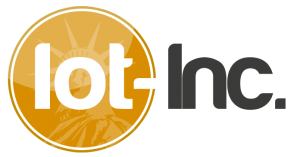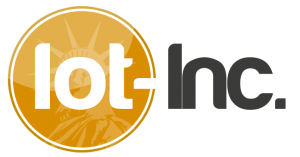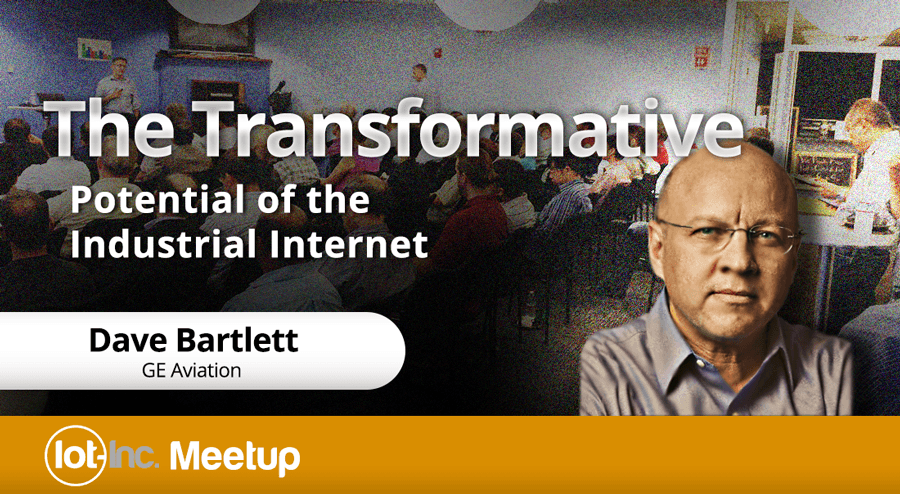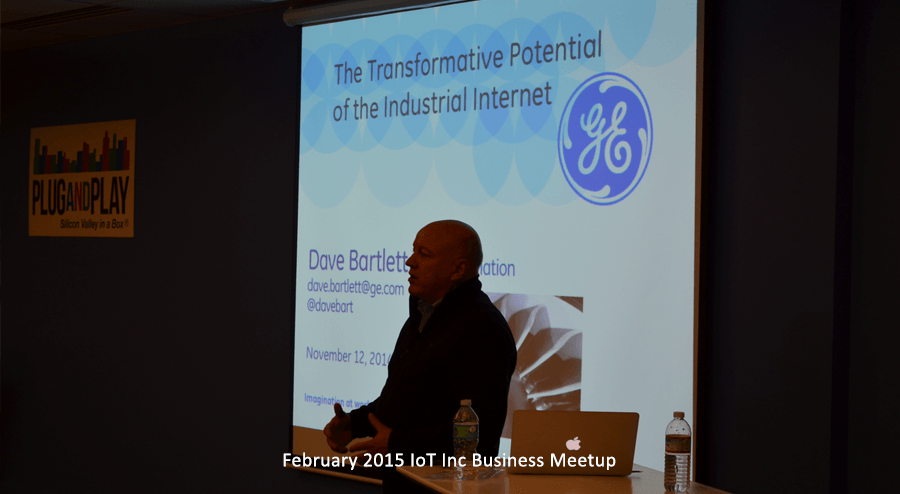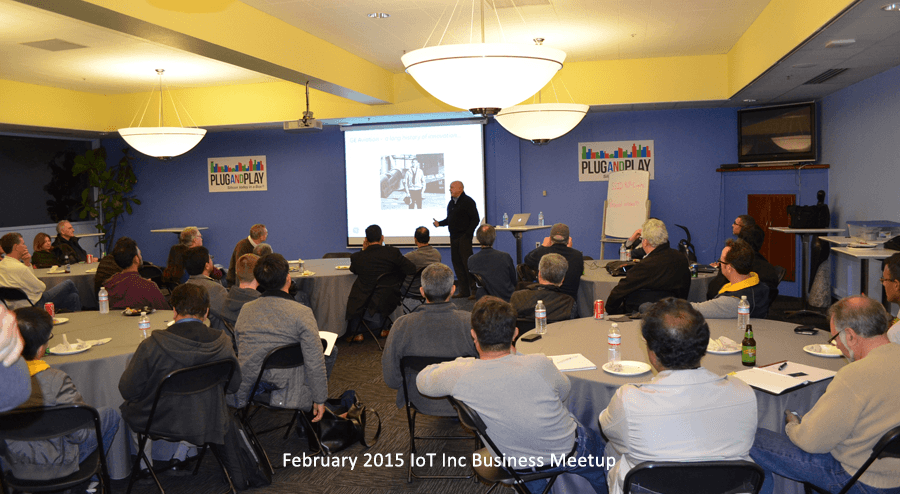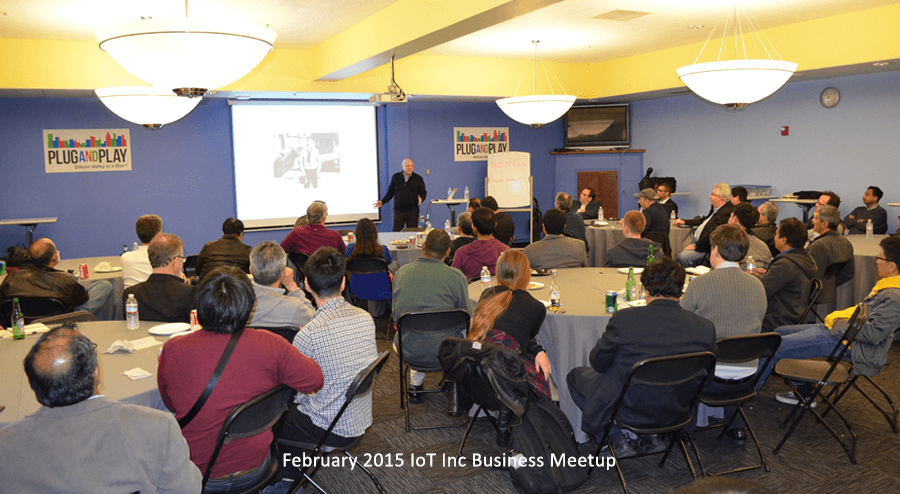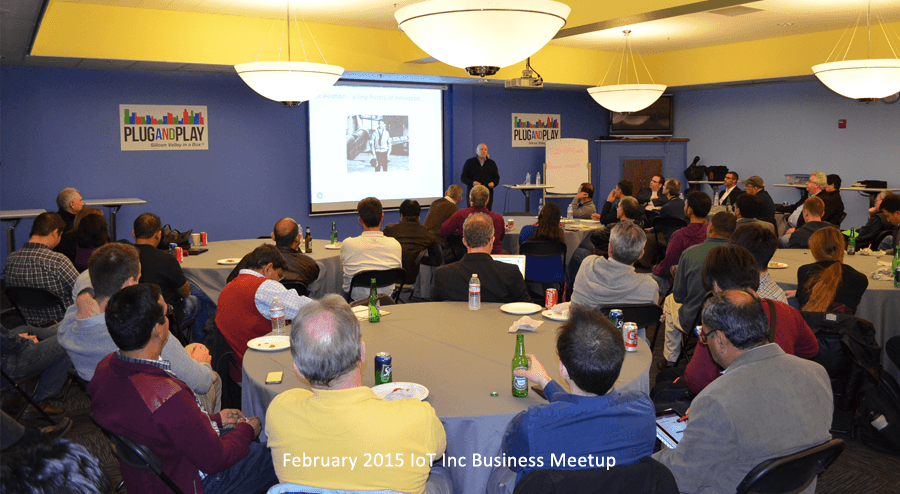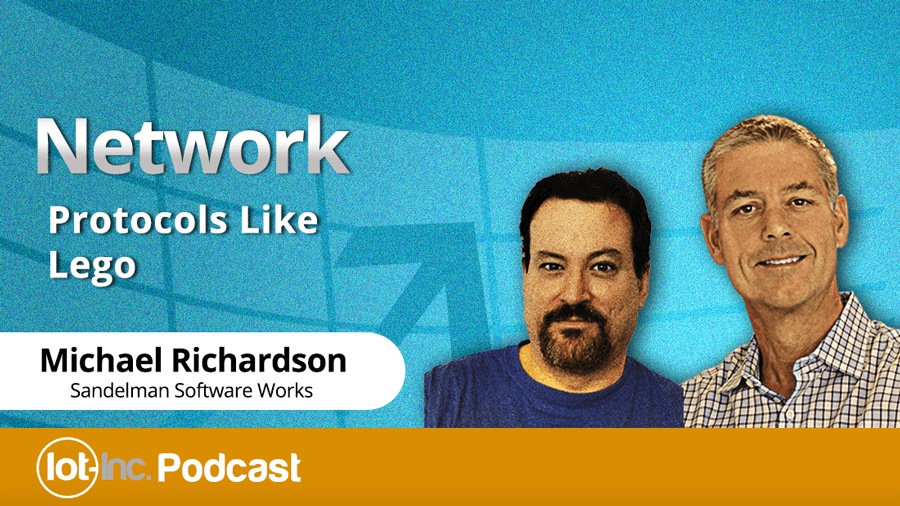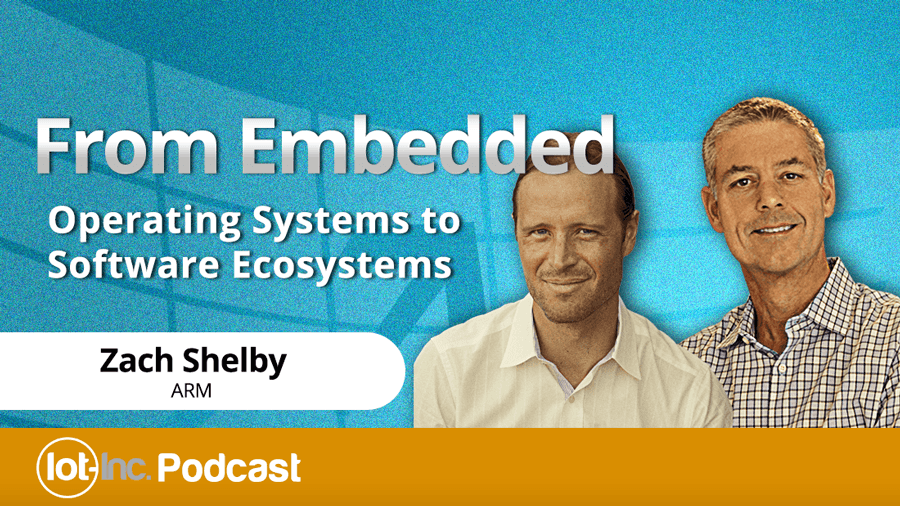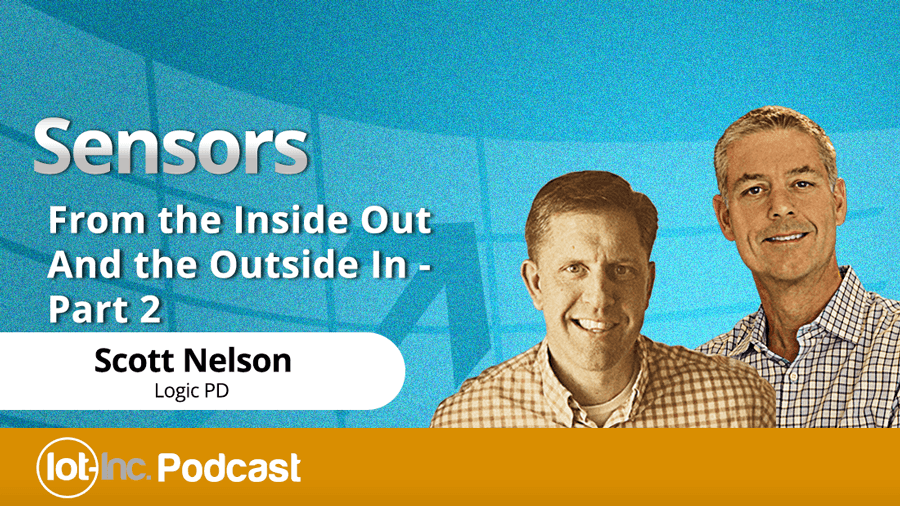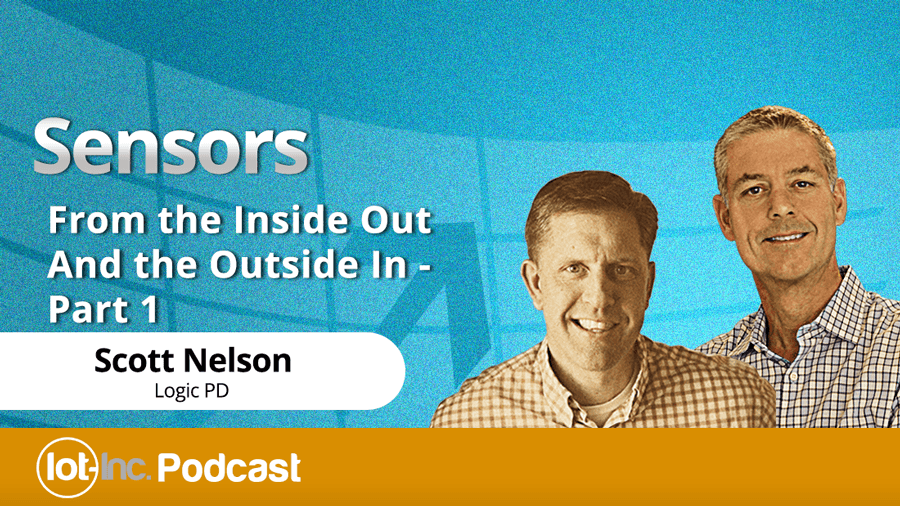17 Feb Standardization in the Internet of Things – Directly from the Source
There are three layers of standardization in IoT networking:
First, to get the data off the devices, a wireless (and sometimes a wired) interface is required - this is the media layer. To aggregate the data from all these devices, networking is required – this is the networking layer. Then once the devices can talk to each other, the question is what they talk to each other – this is the application layer.
Watch this video (or read the transcript) to hear Carsten Bormann go through the state of the art in IoT networking protocol standardization ...
